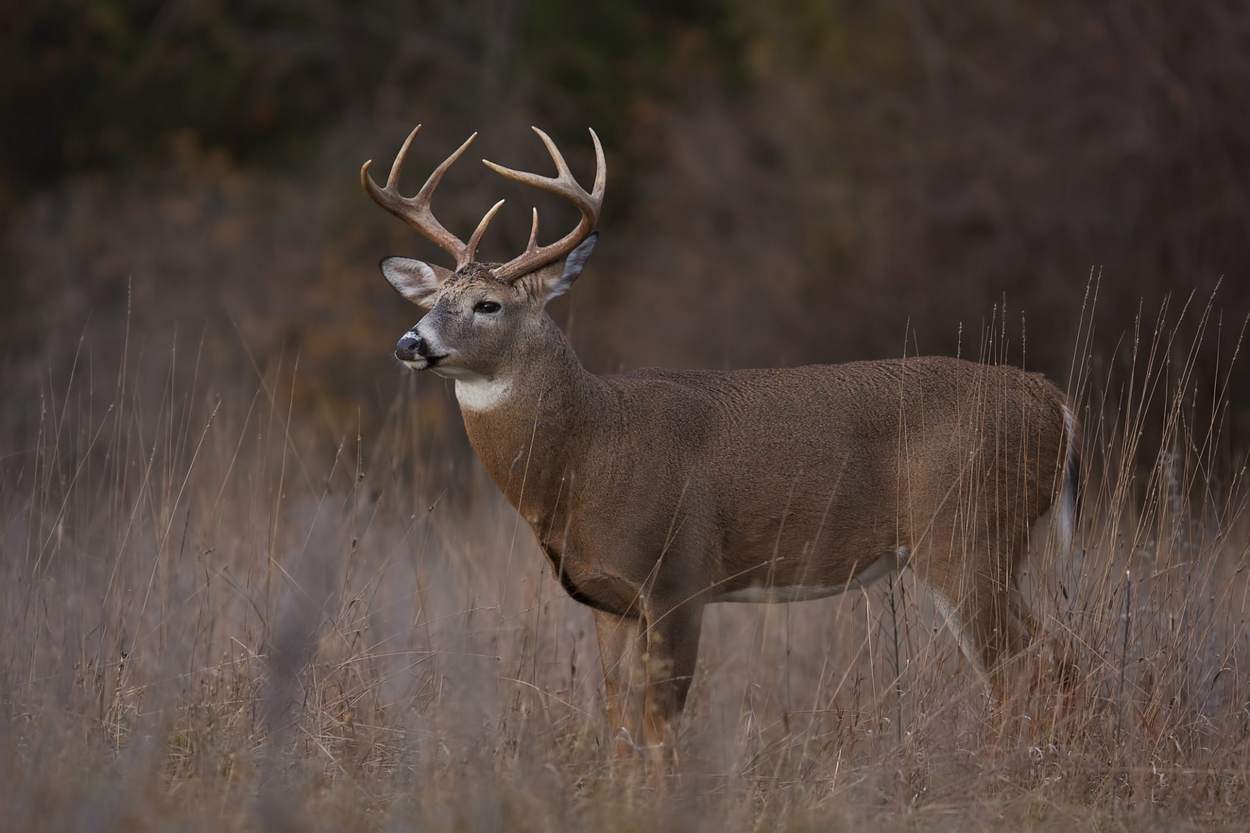CWD in South-Central Texas
It’s official, chronic wasting disease (CWD) has been found in a white-tailed deer in Medina County, Texas, which is located just West of San Antonio. An epidemiological investigation to determine the extent of the disease, assess risks to Texas’ free ranging deer and protect the captive deer and elk breeding industry is underway.
The effort is being led by the Texas Animal Health Commission (TAHC), in coordination with the Texas Parks and Wildlife Department (TPWD) and U.S. Department of Agriculture’s Animal and Plant Health Inspection Service Veterinary Services (USDA/APHIS/VS).
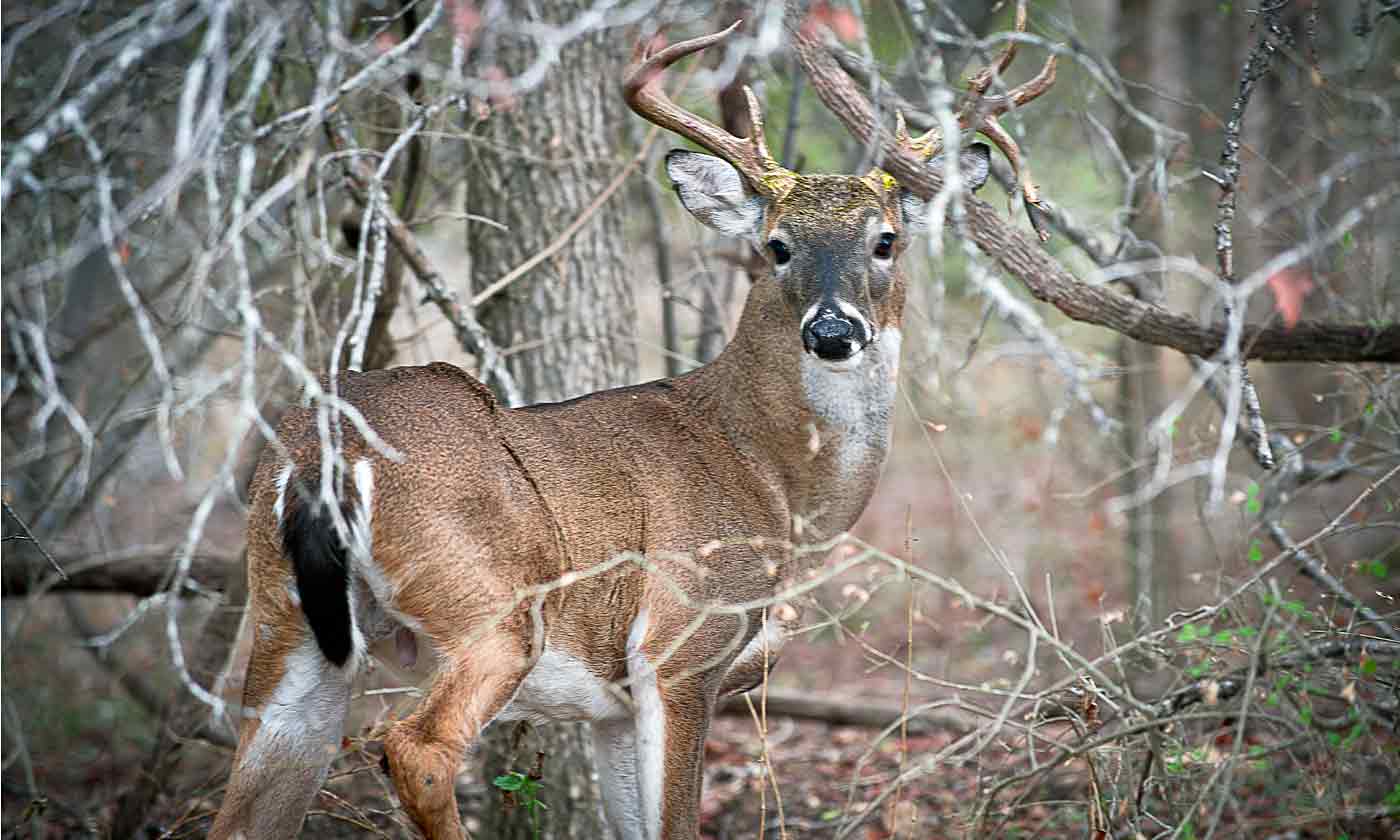
CWD: Bad News for Medina County, Hill Country
Based on what we’ve all seen and read about CWD, deer hunters know this is not good news. The single bright spot is that the deer that tested positive for CWD was a free-ranging animal. The two-year-old white-tailed deer that was confirmed positive for CWD in Medina County is located within a deer breeding facility.
This is the first case of CWD detected in captive white-tailed deer in Texas. CWD was first found in Texas in 2012 in free-ranging mule deer in the Hueco Mountains in far West Texas.
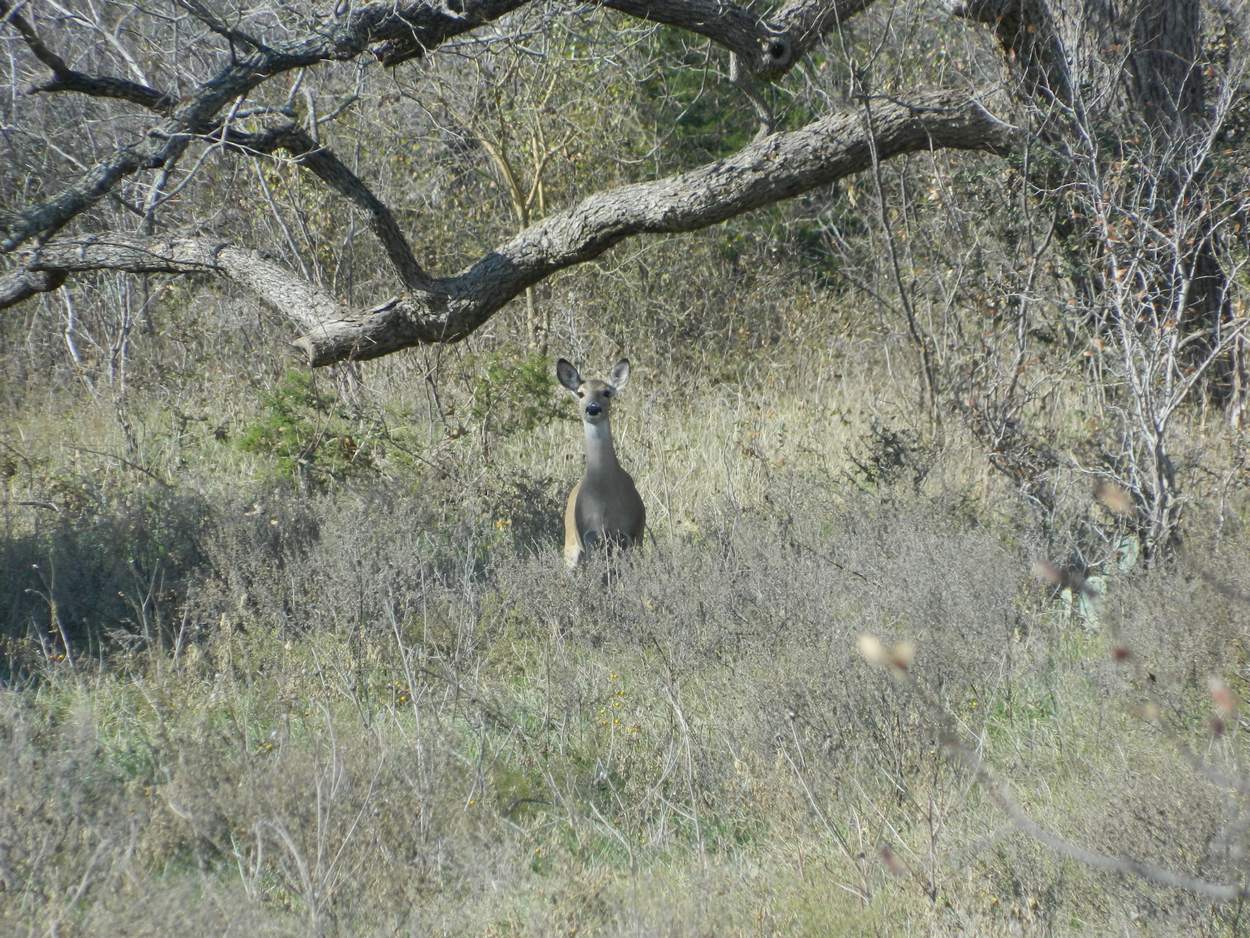
Captive Deer Tested Positive
The Medina County tissue samples submitted by the breeder facility in early June as part of routine deer mortality surveillance revealed the presence of CWD during testing at the Texas A&M Veterinary Medical Diagnostic Laboratory (TVMDL) in College Station. The National Veterinary Services Laboratory in Ames, Iowa, confirmed the findings on Tuesday, June 30.
Officials have taken immediate action to secure all cervids at the Medina County breeder facility with plans to conduct additional investigation for CWD. In addition, those breeder facilities that have received deer from the Medina County facility or shipped deer to that facility during the last two years are under movement restrictions and cannot move or release cervids at this time.
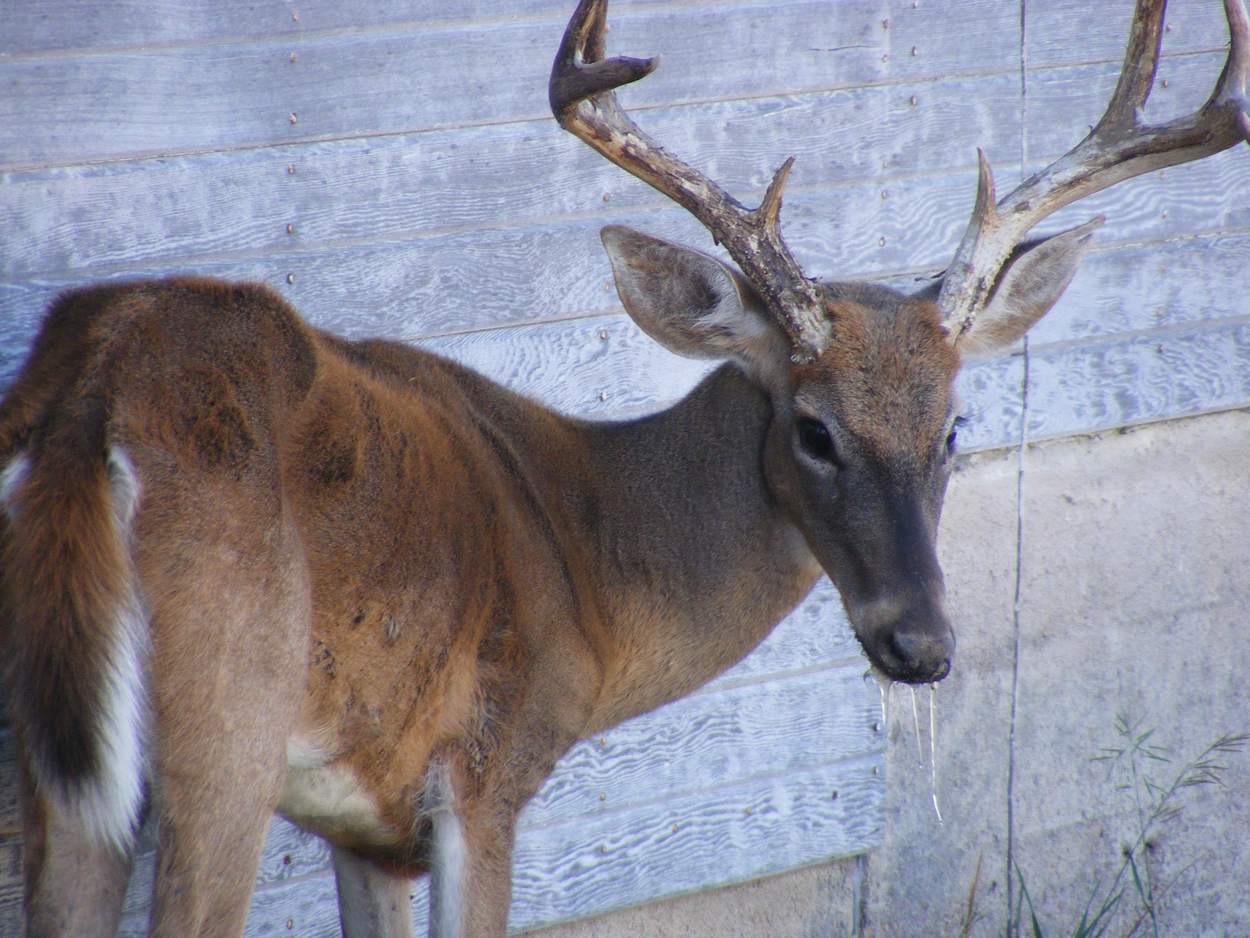
TPWD is disallowing liberation of captive deer from all breeder facilities into the wild at this time pending further review. Additional measures to further minimize risk of CWD spreading into Texas’ free-ranging white-tailed deer herd, and to protect the captive deer breeding industry, will be considered.
“This is a terribly unfortunate development that we are committed to addressing as proactively, comprehensively, and expeditiously as possible. The health of our state’s wild and captive deer herds, as well as affiliated hunting, wildlife, and rural based economies, are vitally important to Texas hunters, communities, and landowners. As such, our primary objectives are to determine the source of the disease and to identify other deer breeding facilities and release sites that may have received deer from affected facilities,” said Carter Smith, TPWD Executive Director. “Working collaboratively with experts in the field we have developed protocols to address CWD, and our implementation efforts are already well under way.”
CWD Response
TPWD and the TAHC CWD Management Plan will guide the State’s response to this incident. The plan was developed by the State’s CWD Task Force, which is comprised of deer and elk breeders, wildlife biologists, veterinarians and other animal-health experts from TPWD, TAHC, TVMDL, Department of State Health Services, Texas A&M College of Veterinary Medicine, and USDA.
Since 2002, the state has conducted CWD surveillance throughout Texas for the disease. More than 34,000 samples collected from hunter-harvested and road kill deer have been tested for CWD.
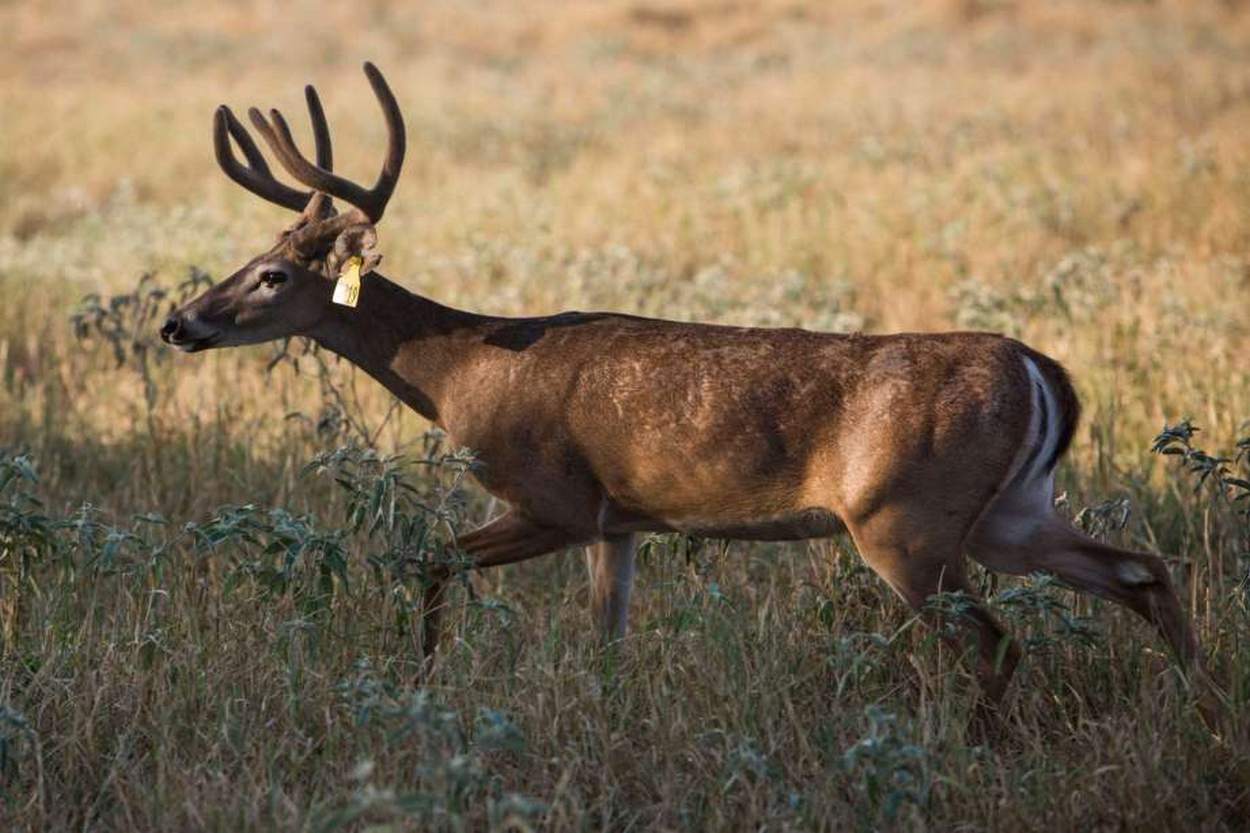
Watch: Medina County, Breeder Deer
Although animal health and wildlife officials cannot say how long or to what extent the disease has been present in the Medina County deer breeding facility, the breeder has had an active CWD surveillance program since 2006 with no positives detected until now.
“We are working with experts at the local, state and federal level, to determine the extent of this disease, and respond appropriately to limit further transmission,” said Dr. Andy Schwartz, TAHC Epidemiologist and Assistant Executive Director. “Strong public awareness and the continued support of the cervid industry is paramount to the success of controlling CWD in Texas.”
